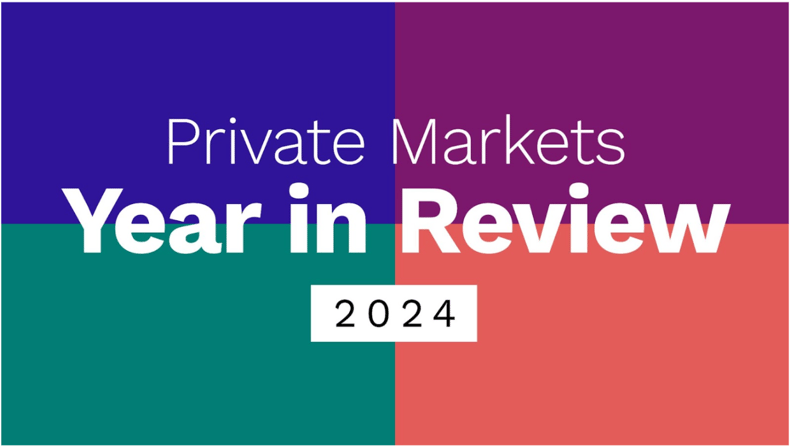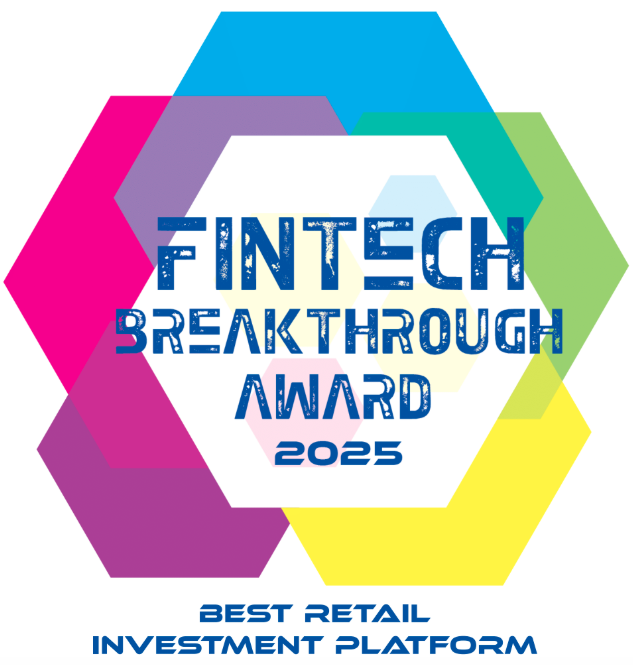Just last month California Public Employees’ Retirement System’s (Calpers) Managing Investment Director, Anton Orlich, described the “lost decade” of returns the pension had missed out on by under-allocating to private equity. As the Wall Street Journal reported, “In each year between 2009 and 2018…Calpers put $5 billion or less of new money into private equity, an asset class that public pension funds have relied on heavily in recent years to amp up returns.” This led to lackluster results. According to PitchBook, Calpers’ internal review compared their “10-year IRR of 12.3% in private equity returns to the Cambridge and State Street indexes' 16.2% and 14.6% IRR, respectively.” While this may seem like a mere few percentage points, the pension estimates it has missed out on over $11B in returns that occurred during a bull market for venture and private equity. Going forward, they are focused on not making that mistake again.
To make up for lost time, or lost returns rather, Orlich announced ahead of Calpers’ June board meeting a new $55 billion private equity program. This will account for a drastic change from a 1% to a 6% portfolio allocation to venture1. This comes at an interesting time within the venture market. After blockbuster fundraising years, many venture capital and private equity firms are struggling to raise capital for new vintages, as a quiet IPO and M&A market has led to a lack of exits for existing investments. While this will likely change if the IPO market heats up later this year, Calpers is entering the market at a time when GPs are hungry for capital. This timing could afford Calpers larger allocations to top-tier managers, whose latest vintages are undersubscribed for the first time in years. As Orlich describes, the timing gives them an opportunity to to be a “preferred solution provider” to “hard-to-access” managers.
Furthermore, while Calpers may have “missed out” on the last decade, it’s an opportune time to be entering the private market. As valuations have leveled out and both public and private markets have largely reset, the funds they choose to invest in will have new opportunities to invest at more reasonable valuations. If these funds deploy capital into the private secondary market specifically, there are attractive buying opportunities to be had with many companies trading at significant discounts to their last funding round. This has driven the growth of secondary funds during a quiet time for private strategy fundraising.
![]()
Interested in exploring the private companies trading on EquityZen's marketplace?
In addition to strategically increasing its allocation to venture capital, Calpers is also focused on supporting and investing in diverse, emerging managers. Orlich described the pension’s plans to “explore partnerships with organizations and focus on making seed investments into small, emerging, and diverse private equity managers” and ultimately “emerge as leading investor for diverse and emerging managers”. This effort is backed by a $1 billion commitment Calpers has made to support this endeavor. In total, the pension expects to establish over twenty new manager relationships. For some of these managers, Calpers may end up being the first institutional capital they raise. In doing so, Calpers could help support and establish the next generation of top-tier venture investors.
For Calpers, which manages over $400 billion on behalf of over 1.5 million of California’s state, school and public employees, these decisions provide a strong vote of confidence for the venture market and the power of private equity returns. If you haven't invested in the private markets or feel like you're underinvested, you're in good company. If you want to follow Calpers' lead, it may be a good time to jump back in. Private equity is a strategy that we at EquityZen have seen drive powerful returns, and strongly believe should be a core part of any portfolio allocation. While time will tell what the next decade has in store for the venture market, now looks like an opportune time to allocate to the private market to avoid “losing” the next decade.
![]()
Interested in exploring the private companies trading on EquityZen's marketplace?
- Pitchbook, June 2023
An investment through EquityZen's platform will involve risks not associated with other investment alternatives. Prospective investors should carefully consider, among other factors, the risks described here.









